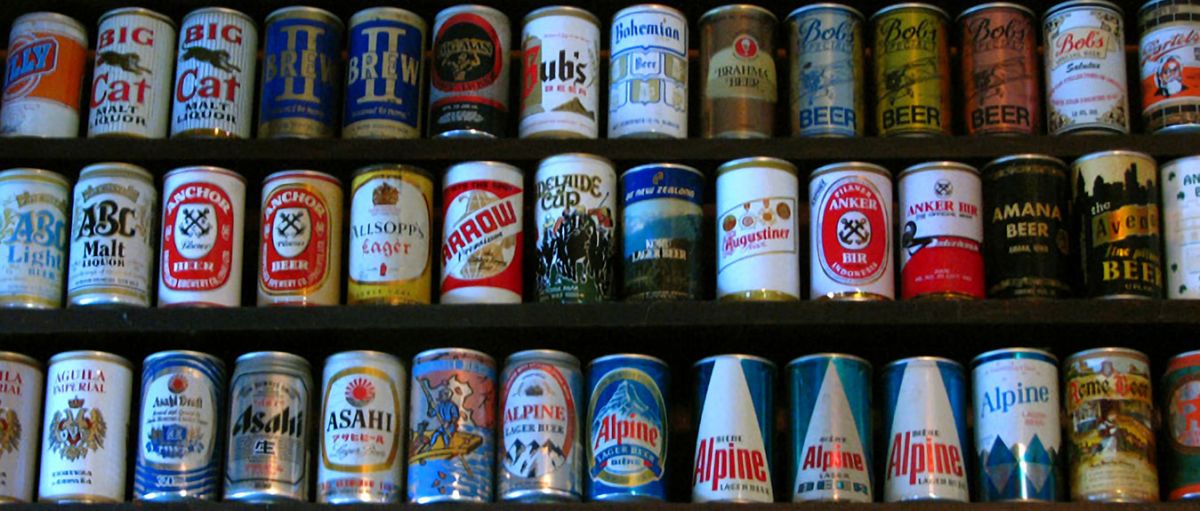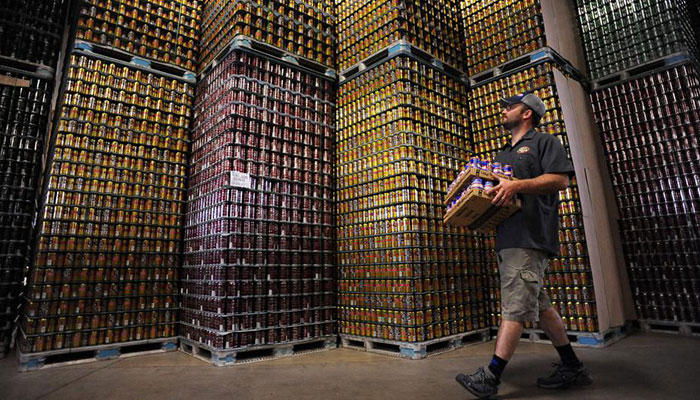Warehouse
Closed
July 10, 2026
Judging
Date
July 26, 2026
Winners
Announced
August 12, 2026

2022 was supposed to be a bearer of good news, a fresh breath of air after the whirlwind that the last two years have been. While the year is yet to unfold what new challenges it has in store, this news is for the craft beer enthusiasts and the wine and spirits industry at all. Craft Beer prices are expected to surge in 2022.
The devil is in the details and in this case, is in the supply chain. Supply Chain has now easily become the most detested buzzword in the trade. Disruption in the global supply chains has dragged down all industries with them. Wine and Spirits are no exception to this downtime. As the world struggles to keep up, craft beer makers, too, are struggling to keep their art going.
America loves its craft beers. The craft beer makers also love their craft beers. However, in these unprecedented times, they’ve had to find different ways to continue catering to their audiences. Of many kinds of disruptions coming their way, the biggest struggle has turned out to be keeping up with barley and aluminum.
[[relatedPurchasesItems-43]]
The craft beer space has joined other beverage makers in combating the biggest supply chain villains: the aluminum cans. Aluminum cans gained popularity for being a sustainable and portable option. However, the price of aluminum has skyrocketed to the highest level in the last decade. Cans are being imported from all over the world to keep up with the increasing demands in the United States. Beverage can production jumped 6% in the US last year to more than 100 billion cans, but it still wasn’t enough, according to the Can Manufacturers Institute. This strongly impacts craft beer brewers.
The debate around rising prices of craft beer gained momentum due to a recent notice by Ball Corporation, the nation's largest aluminum can manufacturer. Ball Corporation plans to increase the minimum purchase from one truckload to five, meaning companies will have to order about a million cans at a time, all with the same label. Ball also plans to raise prices on each can by as much as 50%. And they will no longer keep breweries' extra can inventory in warehouses. Five trucks with a million cans of the same label will cost somewhere around $150,000. If a small brewery decides to order unlabeled cans, they will still have to spend on a label-making machine and manpower. There is absolutely no win.
Brewers have had to pay up a hefty advance to secure more cans that they momentarily require. This is with anticipation of an oncoming shortage as well as unprecedented delays in shipping. When these cans are shipped from a remote corner of the world, it is a whole another task to get them to reach in time for an uninterrupted flow at the brewer’s establishment. Another problem at this juncture is the storage of these cans. If the brewer has a big establishment with space as well as the resources to store these cans indefinitely, then they are saved from the hassle of looking for a warehousing alternative. Craft beer makers are also indulging in hoarding because the prices keep going up every single day, bordering on unaffordable and cutting into their break-even prices. Kevin McGee, the president and CEO of Northern California’s Anderson Valley Brewing Company (AVBC), says “Cans are a big deal. Our supply chain management program really comes down to just spending cash and bringing in a ton of extra packaging so that we have a buffer.”

Ball Corporation plans on increasing the price per can by 50%. Source: Getty Images
Michael Uhrich, the founder and chief economist at the industry consultancy Seventh Point Analytics, and the former chief economist of the Beer Institute also underlines the gravity of this issue. He also highlights how “The price of aluminum has absolutely exploded. Small brewers are competing against each other for packaging. It’s been a really tough time [for smaller brewers] because the packaging suppliers have contracts with the mid-size and larger brewers and they have an incentive to meet those contracts first.”
This is also reflected in how craft beer makers are pricing their beers. The minimum order quantity for consumers is also projected to go up than the current bottom line. This rise is in place to help craft beer brewers to be able to service their clientele more effectively and lose less money in the process.
The second and more striking problem that the supply chain disruption brings along is delayed shipping times of many ingredients that make craft beers unique. Many craft beers stand out because they use tropical, exotic, or non-native fruits and flavors in their brews. With ships being held up at ports for months, these products are delayed or unusable by the time they actually reach the brewers. These shipments go beyond a fruit, flavor, or ingredient. Many equipment, packaging fixtures, and embellishments are imported by craft beer makers. All of them continue to wait to anchor in and reach their destinations. This leaves the craft beer makers only one option, i.e. to buy the same products locally in a highly competitive market. This naturally lends to the increase in pricing.
These supply chain issues are also coinciding with one of the lowest barley harvests of all time in both the United States and Canada. Brewers will have to spend approximately 10% more than anticipated for good barley and malt. Maltsters will blend reserve barley from 2020 crops to offset this year’s low yield and variability, explains Juno Choi, a craft brewing strategist at Brewers Supply Group, an ingredients wholesaler. Barley output shrunk 34% to the second-smallest harvest since 1968 in Canada, the fifth-largest producer, while American farmers reaped the smallest crop since 1934, just after Prohibition ended. Global barley stockpiles are likely to fall to the lowest in nearly 40 years. That’s driven prices in Canada to all-time highs, with feed barley at C$9 a bushel ($7 a bushel) and malt fetching a premium of as much as C$1 above that, according to the Canadian Malting Barley Technical Centre.
Virginia Morrison, the President of the San Diego Brewers Guild is sad and anxious about this move by Ball Corporation in specific and the supply chain at large. In a recent interview with ABC10 News, she says: “I don't know that some of our members are going to be able to accommodate that sort of increase. This is kind of just another nail in the proverbial coffin.” She leads a guild that represents around 150 craft breweries across San Diego County of which only two can afford shelling up a huge sum for cans and fixtures. The industry has stretched itself thin absorbing these increasing costs over the years. The rising prices are inevitable. However, she is hopeful. Morrison says:
"You know what craft brewers do? We pivot, and we innovate, and we figure it out"
Article written by Prithvi Nagpal, Editor & Sommelier, Beverage Trade Network
Header image source: Wired
Get rated by Quality, Value, and Packaging by the top retail buyers in the USA. Here is how to enter.